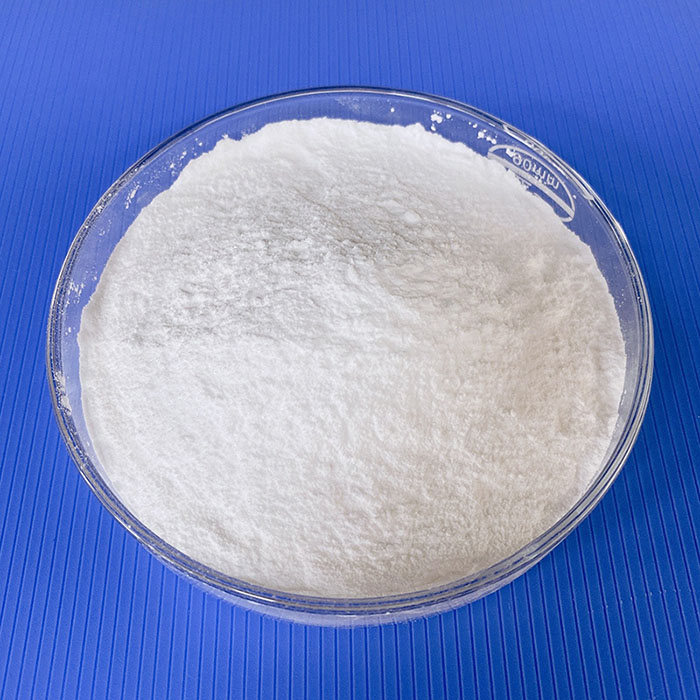Information about magnesium hydrogen phosphate
2023-10-16
Magnesium hydrogen phosphate, with the chemical formula Mg(HPO4)2, is a chemical compound composed of magnesium (Mg), hydrogen (H), phosphorus (P), and oxygen (O). It belongs to the class of inorganic chemical compounds known as phosphates. Magnesium hydrogen phosphate can exist in different forms, including anhydrous and hydrated forms, depending on its water content.
Here's some information about magnesium hydrogen phosphate:
1. Chemical Formula: Mg(HPO4)2
2. Molar Mass: Varies depending on the water content of the compound.
3. Appearance: The anhydrous form is a white powder, and the hydrated form can be a white crystalline solid.
4. Solubility: The solubility of magnesium hydrogen phosphate varies based on its hydration state. Generally, it is not very soluble in water.
Magnesium hydrogen phosphate has a range of potential applications and uses:
1. Fertilizers: Magnesium and phosphorus are essential nutrients for plant growth. Magnesium hydrogen phosphate can be used in fertilizers to provide these nutrients to plants, promoting healthy development.
2. Ceramics and Glass: Similar to other phosphate compounds, magnesium hydrogen phosphate can be used in the production of ceramics and glass as a raw material or as a component in glazes and enamels.
3. Water Treatment: Phosphates, including magnesium hydrogen phosphate, have been used in water treatment processes to control scale and corrosion in pipes and equipment. However, the use of phosphates in certain applications has been restricted due to environmental concerns related to water pollution.
4. Pharmaceuticals: Some compounds containing phosphates have pharmaceutical applications, but the use of magnesium hydrogen phosphate in this context is limited and may not be common.
5. Research and Laboratory Applications: Magnesium hydrogen phosphate may also find use in research and laboratory settings for experimental purposes or as a reagent in chemical reactions.
As with any chemical compound, the use and handling of magnesium hydrogen phosphate should be conducted in accordance with proper safety practices and any relevant regulations. Additionally, its specific applications and suitability depend on the intended use and the requirements of the industry or field in which it is employed.



